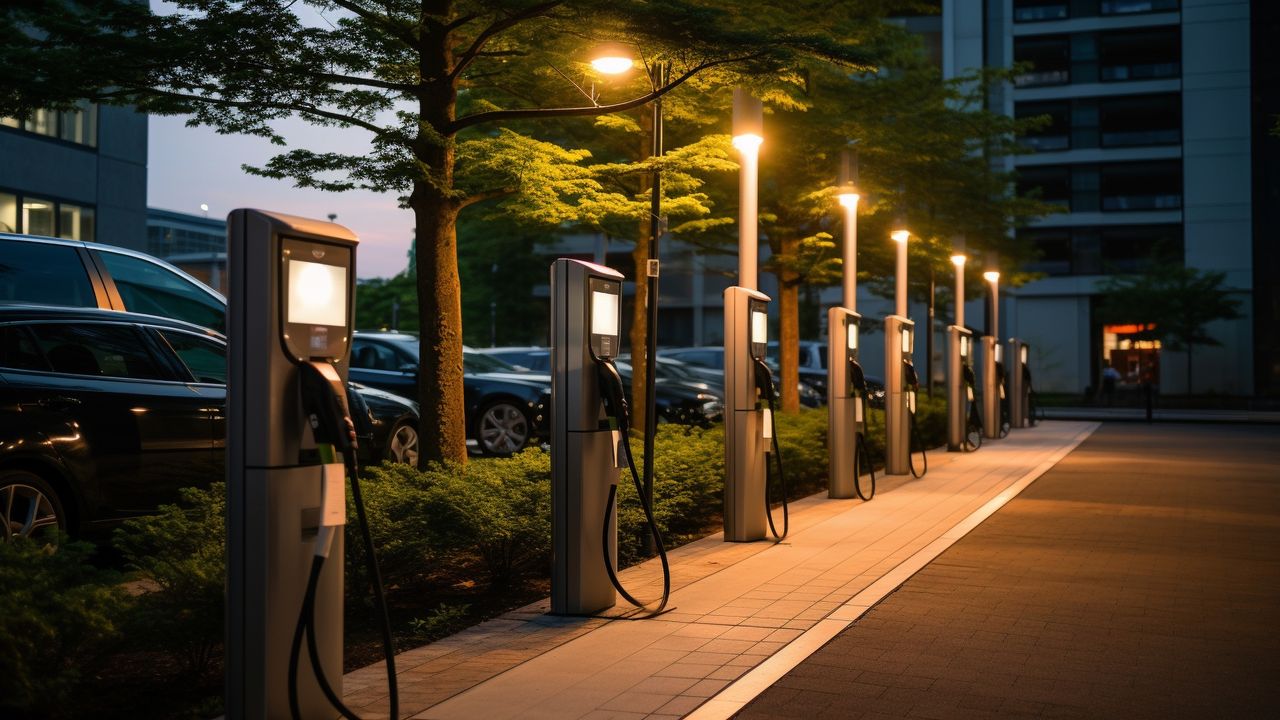Electric Vehicle Adoption Rates and Trends: The Growth of Charging Networks, Accessibility, and Fleet Electrification
Electric vehicles (EVs) have gained significant traction in recent years, with more and more individuals and businesses embracing this sustainable mode of transportation. As the world moves towards a greener future, it is essential to understand the key factors driving the adoption of electric vehicles and the trends shaping this industry.
Charging Network Growth
One of the critical challenges for widespread EV adoption has been the availability and accessibility of charging infrastructure. However, significant progress has been made in expanding the charging network, making it more convenient for EV owners to charge their vehicles.
The growth of public charging stations has been remarkable, with governments, private companies, and utilities investing in building a robust charging infrastructure. This expansion not only provides peace of mind to EV owners but also helps alleviate range anxiety, a common concern among potential buyers.
Furthermore, the deployment of fast-charging stations has gained momentum, allowing EVs to recharge their batteries in a matter of minutes rather than hours. This development is crucial in making electric vehicles more practical for long-distance travel and reducing the time spent waiting for a charge.
Charging Accessibility
Alongside the growth of charging networks, improving charging accessibility has been a key focus for industry stakeholders. The goal is to make charging as convenient and seamless as refueling a conventional vehicle.
One significant trend in enhancing charging accessibility is the proliferation of home charging solutions. Many EV owners now have the option to install a charging station in their homes, allowing them to conveniently charge their vehicles overnight. This not only eliminates the need to visit public charging stations but also takes advantage of off-peak electricity rates, making EV ownership more cost-effective.
Moreover, workplace charging has gained popularity, with employers recognizing the benefits of providing charging infrastructure to their employees. This initiative not only encourages EV adoption but also enables employees to conveniently charge their vehicles while at work, further reducing range anxiety.
Fleet Electrification
While individual consumers play a significant role in driving EV adoption, fleet electrification has emerged as a game-changer in the industry. Businesses, both large and small, are increasingly transitioning their fleets to electric vehicles, contributing to the growth of the EV market.
Fleet electrification offers several advantages, including reduced operational costs, lower maintenance requirements, and a smaller carbon footprint. As businesses recognize these benefits, they are investing in electric vehicles for their delivery services, corporate fleets, and transportation needs.
Furthermore, the electrification of ride-hailing services has gained momentum. Companies like Uber and Lyft are encouraging their drivers to switch to electric vehicles by offering incentives and promoting the benefits of EV ownership. This shift not only reduces emissions but also creates a positive ripple effect by exposing more people to electric vehicles.
Conclusion
The adoption of electric vehicles is on the rise, driven by the growth of charging networks, improved charging accessibility, and fleet electrification. As more charging stations become available, EV owners can enjoy the convenience and peace of mind that comes with easy access to charging infrastructure. The proliferation of home and workplace charging solutions further enhances the accessibility of EV charging. Additionally, fleet electrification plays a crucial role in expanding the EV market, as businesses recognize the economic and environmental benefits of transitioning their fleets to electric vehicles. With these trends shaping the industry, the future of electric vehicles looks promising as we move towards a more sustainable transportation system.
